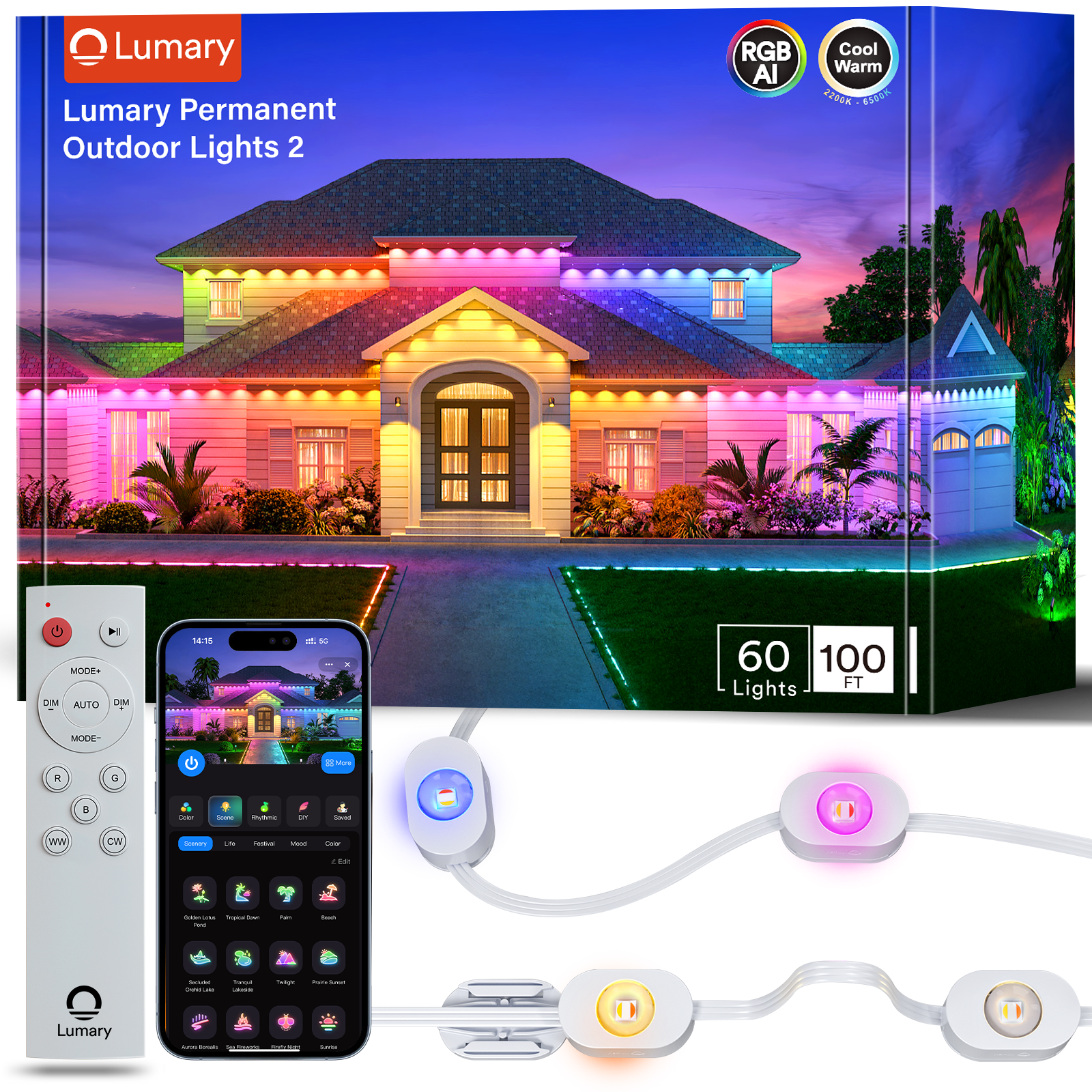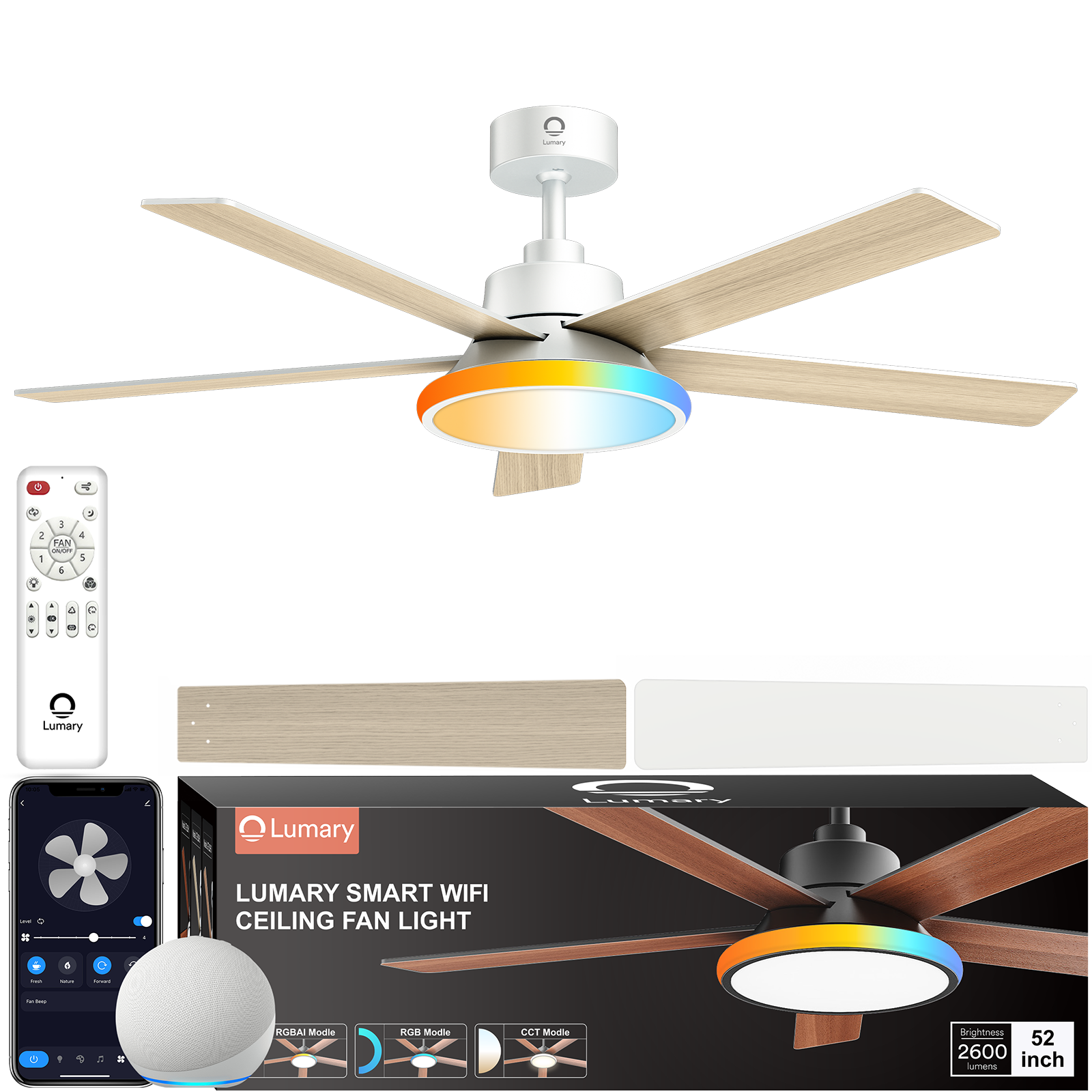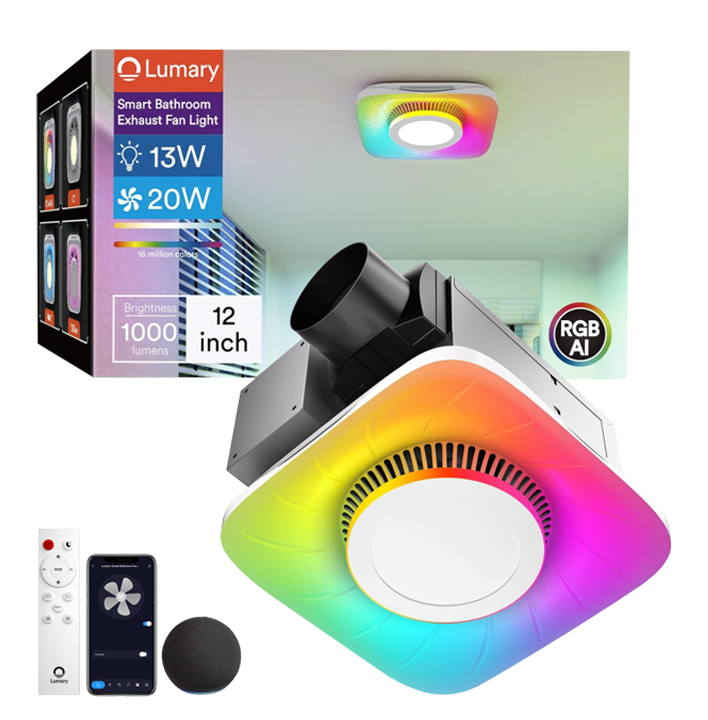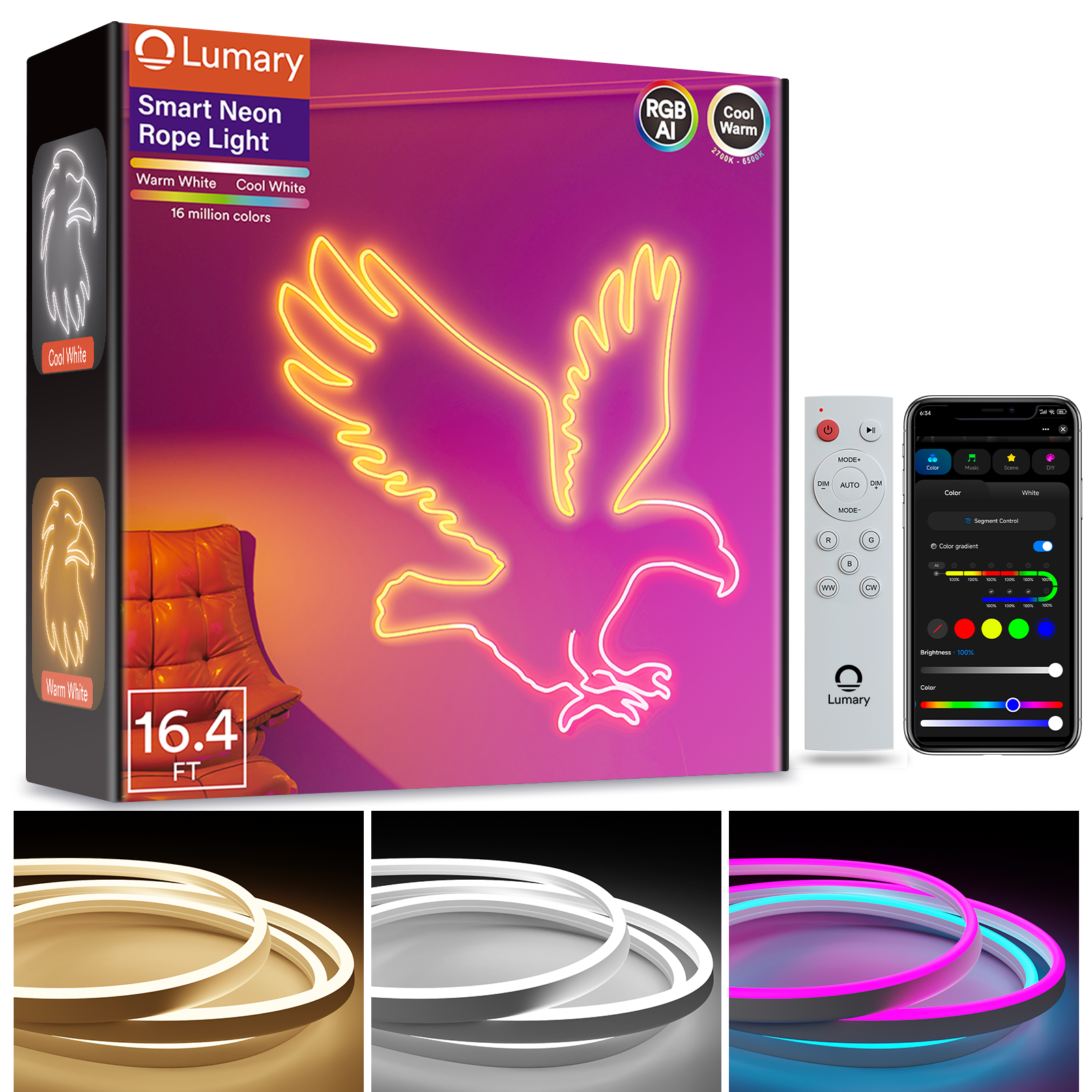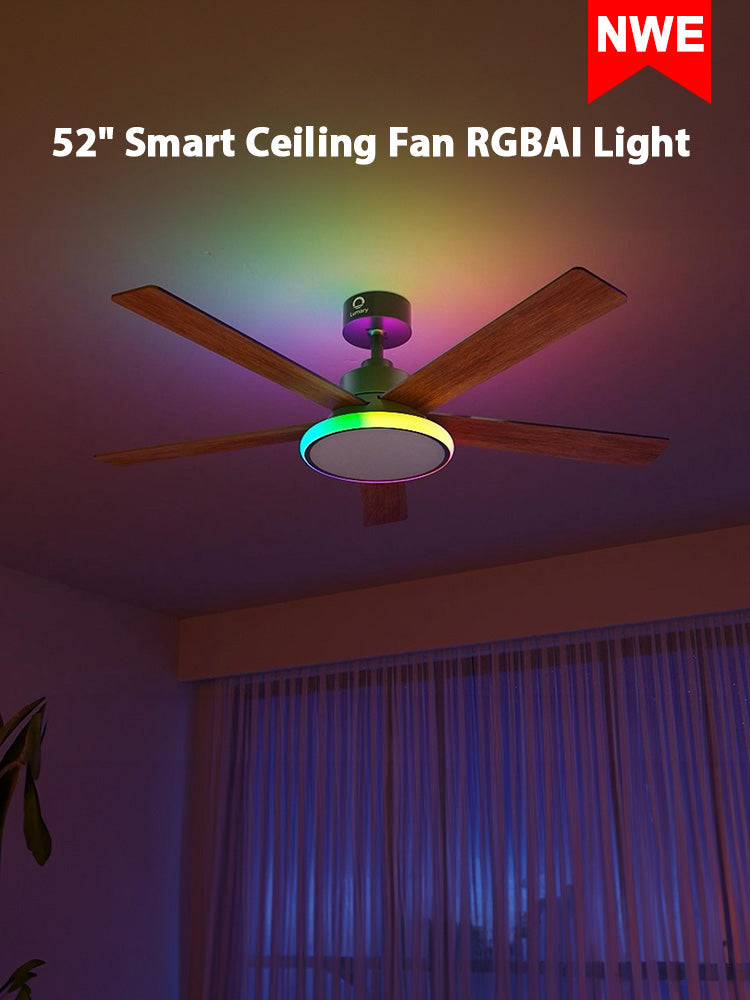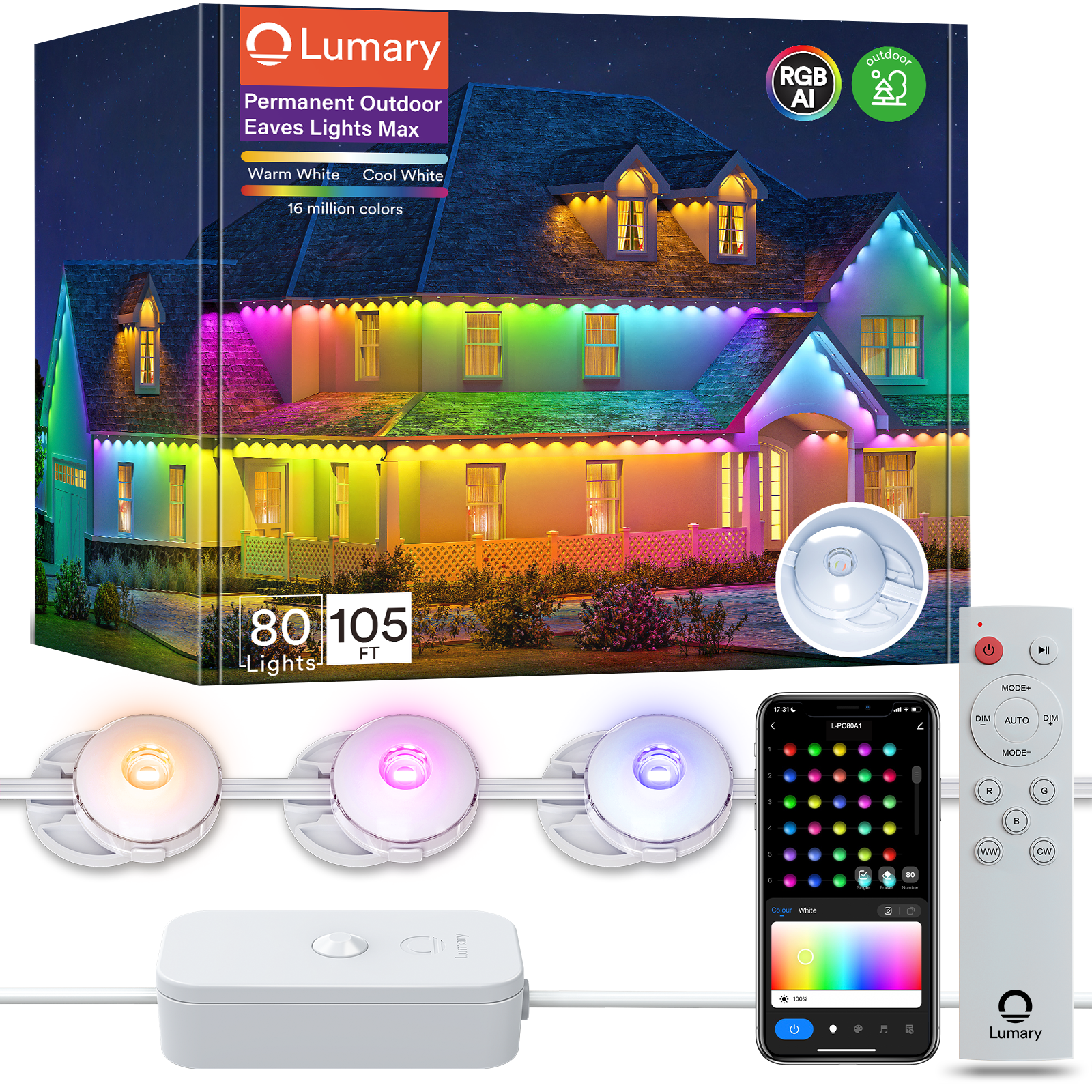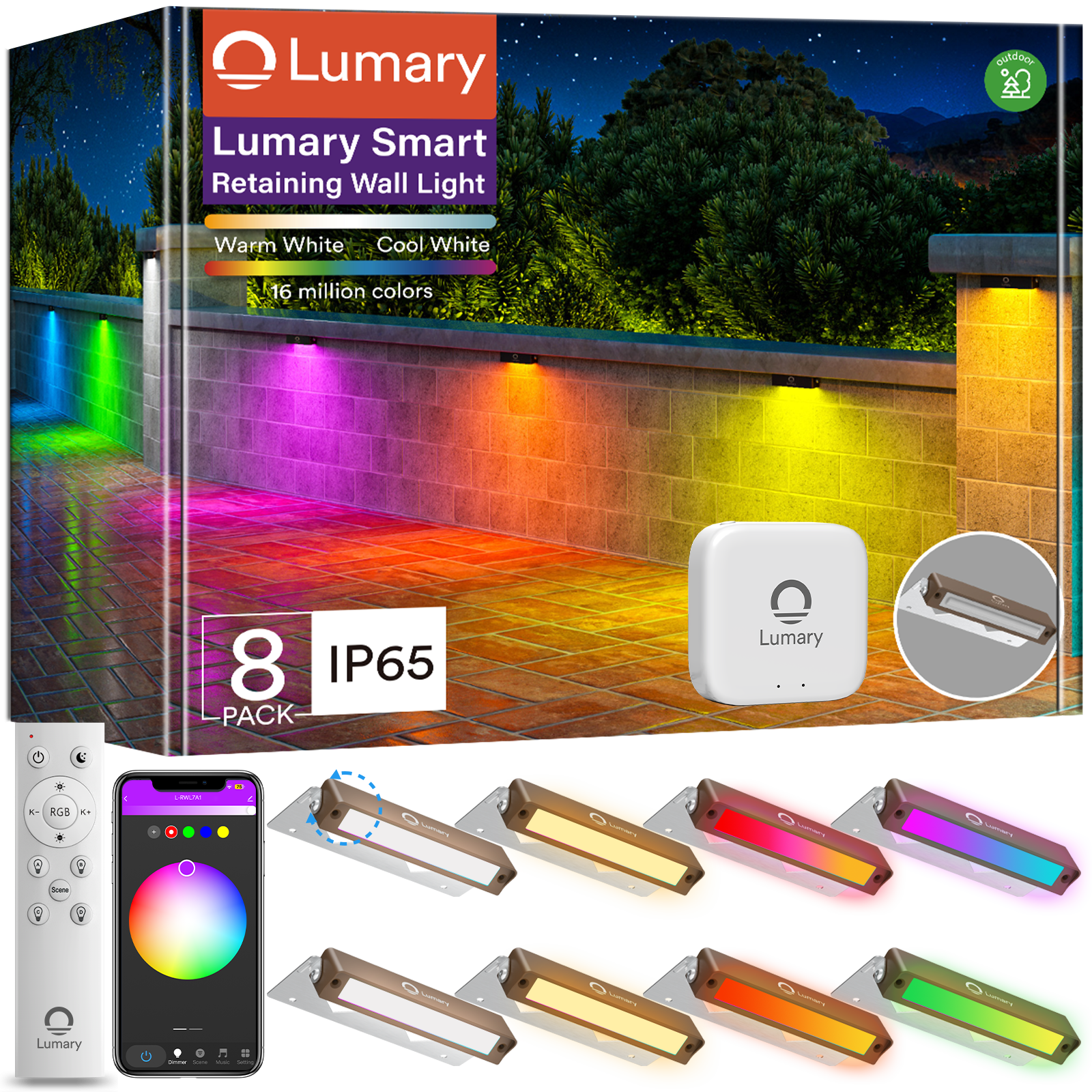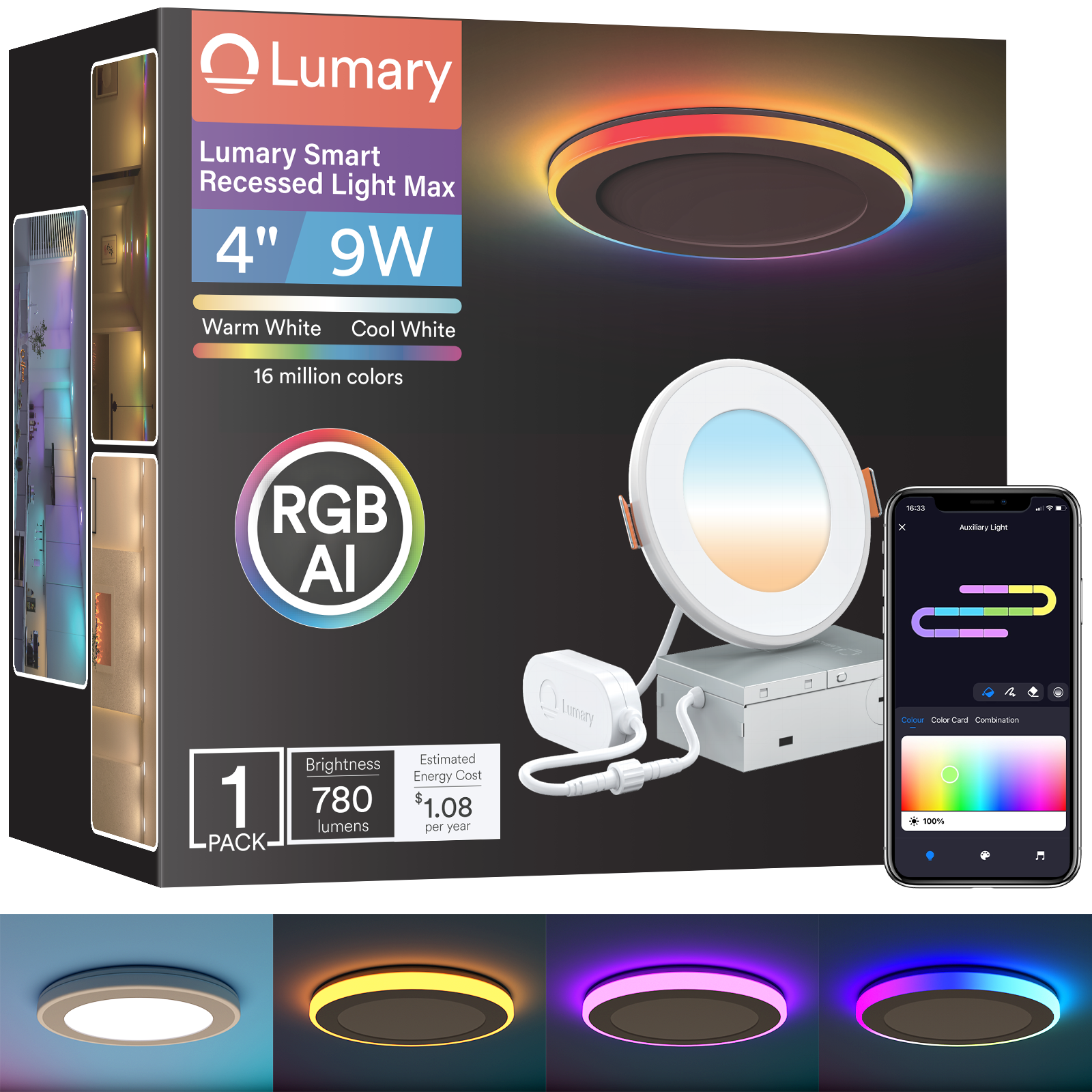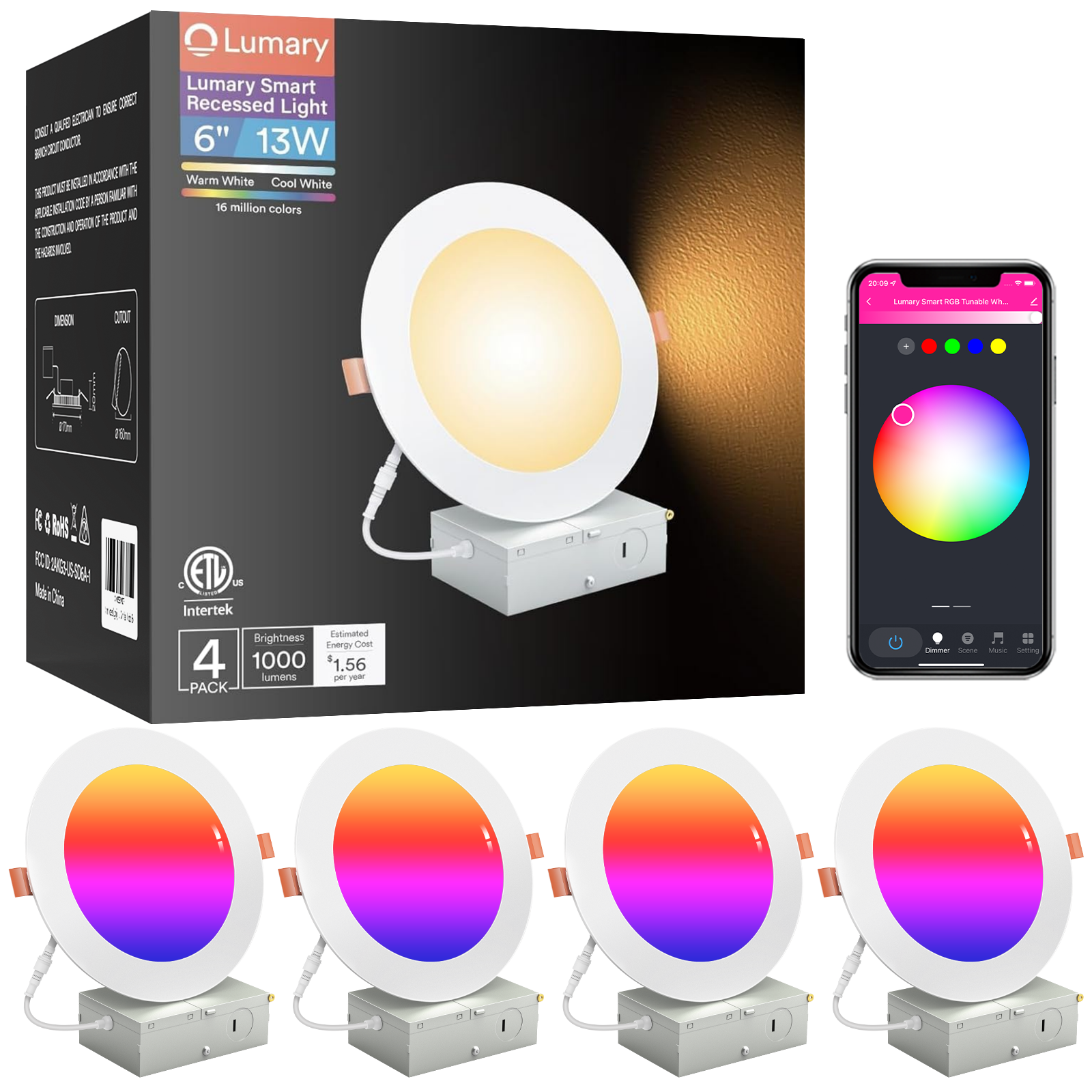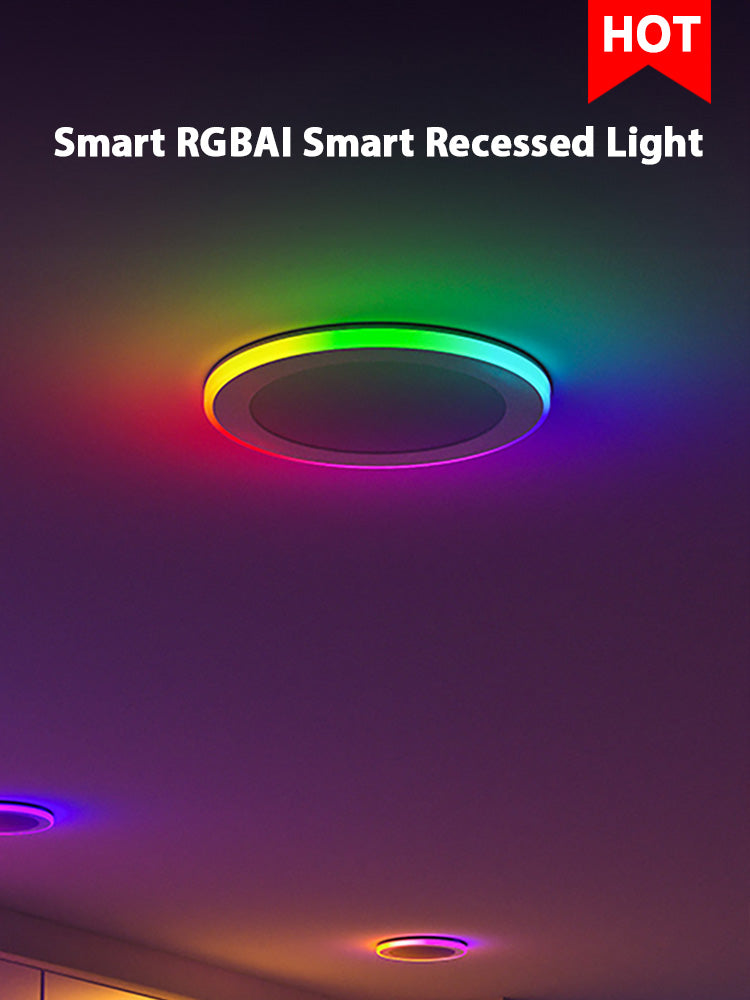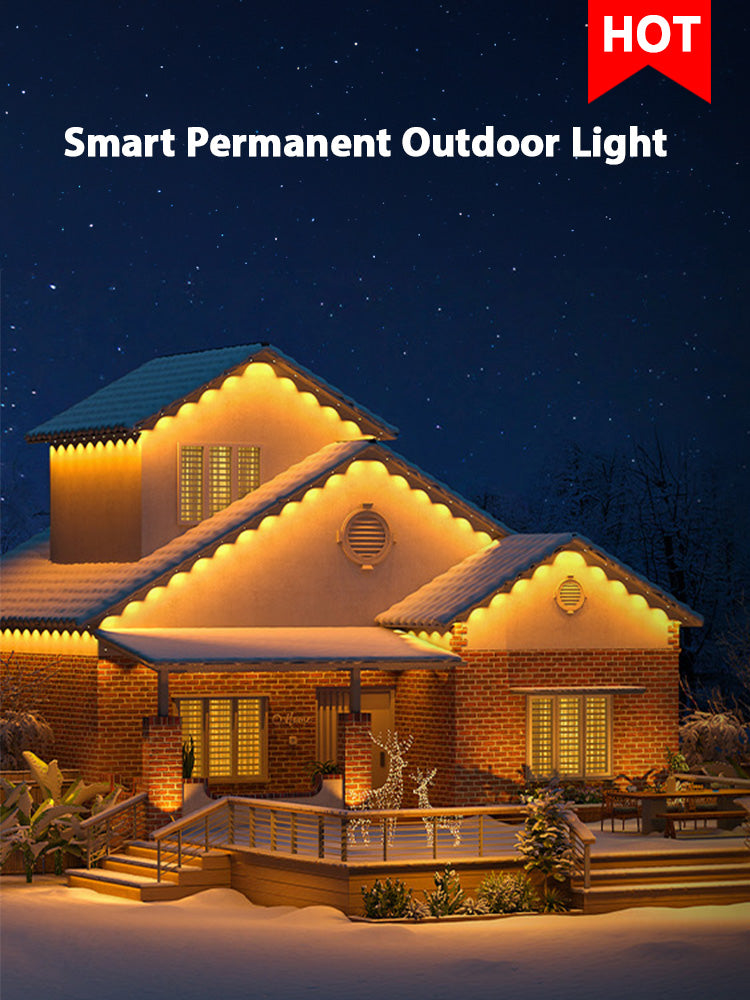Lighting plays a crucial role in creating a functional and comfortable space, especially in garages and basements. Choosing the right 4 foot LED light bulbs can transform these areas by offering brighter illumination, better energy efficiency, and longer lifespans compared to traditional options. LEDs consume up to 90% less energy and last at least 15 times longer, saving you money on electricity bills while reducing environmental impact. With advancements in technology, these bulbs now deliver exceptional light quality and durability, making them a smart investment for your home.
Key Takeaways

-
Understand lumens: Choose bulbs that provide 50 to 100 lumens per square foot for optimal brightness in your garage or basement.
-
Prioritize energy efficiency: Look for ENERGY STAR-certified LED bulbs to save on electricity bills and reduce environmental impact.
-
Select durable options: Opt for LED bulbs that can withstand temperature changes and moisture, ensuring longevity in challenging environments.
-
Consider color temperature: Use cooler tones (4000K-5000K) for task-oriented spaces and warmer tones (2700K-3000K) for cozy areas.
-
Check compatibility: Ensure your existing fixtures can accommodate the LED bulbs you choose, and follow installation guidelines for a smooth setup.
-
Balance cost and quality: Invest in high-quality LED lights for long-term savings on energy and maintenance, rather than opting for the cheapest options.
-
Explore additional features: Consider dimmable or smart LED options for enhanced functionality and convenience in your lighting setup.
Brightness and Lumens: Finding the Best Lighting for Your Garage and Basement
When it comes to lighting your garage or basement, understanding brightness and lumens is essential. These spaces often require specific lighting to ensure functionality and comfort. Let’s break down what you need to know to make the best choice.
Understanding Lumens and Their Importance
Lumens measure the total amount of visible light a bulb emits. Unlike watts, which only indicate energy consumption, lumens tell you how bright a light will be. The higher the lumens, the brighter the light. For example, a 4-foot LED tube typically produces around 2100 lumens, while smaller options like a 2-foot LED tube emit approximately 1150 lumens. This makes lumens the key factor when comparing bulbs for your space.
In garages and basements, proper lighting ensures safety and visibility. Whether you're working on a project or organizing storage, you need enough light to see clearly. Choosing bulbs with the right lumen output can make all the difference. Always check the lumen rating on the packaging to match your needs.
Recommended Brightness Levels for Garages and Basements
Garages and basements often serve as multi-purpose areas. You might use them for parking, storage, or even as a workspace. To ensure adequate lighting, aim for about 50 to 100 lumens per square foot. For example:
-
Small garages or basements (200 sq. ft.): You’ll need bulbs that provide at least 10,000 lumens in total.
-
Larger spaces (400 sq. ft. or more): Look for lighting that delivers 20,000 lumens or higher.
If you’re using multiple fixtures, divide the total lumens across them. For instance, a 4-foot LED tube producing 2100 lumens can be combined with others to achieve the desired brightness. This approach ensures even lighting throughout the space.
Avoiding Over- or Under-Lighting Your Space
Striking the right balance is crucial. Over-lighting can create glare, making the space uncomfortable to work in. On the other hand, under-lighting leaves areas dim and hard to navigate. To avoid these issues:
-
Measure your space: Calculate the square footage to determine how many lumens you need.
-
Layer your lighting: Use a combination of overhead lights and task lighting for focused areas.
-
Consider dimmable options: Dimmable LED bulbs let you adjust the brightness based on your activity.
For example, a 4-foot LED tube with dimmable features allows you to customize the light intensity. This flexibility is especially useful in spaces where you perform different tasks.
By understanding lumens and selecting the right brightness levels, you can create a well-lit garage or basement that meets your needs. Proper lighting not only enhances visibility but also improves the overall functionality of your space.
Energy Efficiency: Choosing Cost-Effective Basement Lighting
When selecting lighting for your basement, energy efficiency should be a top priority. Efficient lighting not only reduces your electricity bills but also minimizes environmental impact. Let’s explore why energy-efficient 4-foot LED light bulbs are the best choice for your space.
Benefits of Energy-Efficient 4 Foot LED Light Bulbs
Energy-efficient LED bulbs offer significant advantages over traditional lighting options. They consume up to 80% less power than incandescent bulbs and about 50% less than fluorescent tubes. This means you can enjoy bright, reliable lighting while cutting down on energy usage. Over time, these savings add up, making LEDs a cost-effective solution for your basement.
LED bulbs also have an impressive lifespan, often lasting up to 25,000 hours. This longevity reduces the need for frequent replacements, saving you both time and money. For basements, where lighting is often left on for extended periods, this durability is especially valuable.
Another benefit is the reduced heat output of LEDs. Unlike incandescent bulbs, which waste energy by producing heat, LEDs remain cool to the touch. This makes them safer and more efficient for enclosed spaces like basements.
Did you know? According to studies, switching to LED lighting could reduce national energy consumption for lighting by 29% by 2025. This translates to substantial savings for households across the country.
Understanding Wattage and Energy Savings
Wattage measures the amount of energy a bulb consumes. With LED technology, you get more light output (lumens) for less wattage. For example, a 4-foot LED tube producing 2100 lumens typically uses only 18 watts, while a fluorescent tube with similar brightness might consume 36 watts or more. This efficiency allows you to illuminate your basement without worrying about high energy costs.
To maximize energy savings, compare the wattage of different LED bulbs. Lower wattage doesn’t mean dimmer light—it simply reflects the bulb’s efficiency. Always check the packaging for lumen output to ensure you’re getting the brightness you need.
Certifications to Look For (e.g., ENERGY STAR)
When shopping for energy-efficient LED bulbs, look for certifications like ENERGY STAR. These labels indicate that the product meets strict energy efficiency standards set by the U.S. Environmental Protection Agency. ENERGY STAR-certified bulbs use at least 75% less energy than incandescent lighting and last 15 times longer.
Other certifications, such as DesignLights Consortium (DLC), also highlight high-performing, energy-efficient lighting products. Choosing certified bulbs ensures you’re investing in quality and efficiency.
Here’s a quick checklist to guide your purchase:
-
Look for the ENERGY STAR label on the packaging.
-
Check the wattage and lumen output for optimal efficiency.
-
Verify the bulb’s lifespan to ensure long-term value.
By prioritizing energy efficiency, you can create a well-lit basement that’s both cost-effective and environmentally friendly. Switching to LED lighting is a simple yet impactful way to save money and reduce your carbon footprint.
Durability and Lifespan: Ensuring Long-Lasting Garage Lighting
When choosing lighting for your garage or basement, durability and lifespan are two factors you can’t overlook. These spaces often face challenging conditions, so selecting bulbs that can withstand wear and tear ensures you won’t have to replace them frequently.
Importance of Durable Bulbs for Garages and Basements
Garages and basements are not like other rooms in your home. They often experience more dust, vibrations, and occasional impacts. Durable bulbs are designed to handle these conditions without breaking or losing performance. For example, LED bulbs are known for their robust construction, making them ideal for these environments. Unlike traditional bulbs, LEDs don’t have fragile filaments or glass components that can easily shatter.
Durable bulbs also save you money in the long run. You won’t need to replace them as often, which reduces maintenance costs. Plus, their reliability means you’ll always have consistent lighting when you need it most. Whether you’re working on a car or organizing storage, durable lighting ensures your space stays functional.
Resistance to Temperature Changes and Moisture
Garages and basements often face extreme temperature fluctuations and higher humidity levels. Standard bulbs may fail under these conditions, but LEDs are built to resist such challenges. High-quality LED bulbs can operate efficiently in both cold and hot environments, making them perfect for unheated garages or damp basements.
Moisture resistance is another critical feature. Many LED bulbs are designed with sealed casings to prevent water or condensation from damaging the internal components. This makes them a reliable choice for areas prone to leaks or dampness. If your garage or basement has these issues, look for bulbs specifically labeled as moisture-resistant or rated for outdoor use.
Pro Tip: Check the IP (Ingress Protection) rating on the bulb’s packaging. A higher IP rating indicates better protection against dust and moisture, ensuring your lighting lasts longer.
Materials and Build Quality to Consider
The materials used in a bulb’s construction play a significant role in its durability. LED bulbs often feature sturdy plastic or aluminum casings that protect them from impacts and harsh conditions. These materials also help with heat dissipation, ensuring the bulb doesn’t overheat during extended use.
When shopping for bulbs, pay attention to the build quality. Look for features like reinforced bases and shatterproof designs. ENERGY STAR-certified LED bulbs, for instance, are crafted to meet strict durability standards. They last between 40,000 and 50,000 hours, providing over 13 years of reliable lighting. This longevity makes them a smart investment for your garage or basement.
By focusing on durability and lifespan, you can ensure your garage or basement lighting remains dependable for years. Choose bulbs that can handle tough conditions, resist temperature changes, and are made from high-quality materials. With the right lighting, you’ll create a space that’s both functional and cost-effective.
Color Temperature: Selecting the Best Basement Lighting for Your Needs

What Is Color Temperature and Why It Matters
Color temperature refers to the appearance of light, measured in Kelvin (K). It determines whether the light looks warm, cool, or neutral. Lower Kelvin values, like 2700K to 3000K, produce warm, yellowish tones, while higher values, such as 5000K to 6500K, create cooler, bluish light. Neutral tones fall somewhere in between, around 4000K.
Why does this matter? The color temperature of your lighting directly impacts how you perceive a space. Warm light creates a cozy and inviting atmosphere, perfect for relaxing areas. Cool light, on the other hand, enhances visibility and focus, making it ideal for task-oriented spaces like garages or workstations. Neutral tones strike a balance, offering versatility for multi-purpose areas.
Fun Fact: Studies show that warmer light enhances relaxation, while cooler light improves alertness and productivity. Choosing the right color temperature can transform how you use your basement or garage.
Warm, Cool, and Daylight Tones: Which Is Best for Garages and Basements?
When selecting lighting for your garage or basement, consider how you use the space. Each color temperature serves a specific purpose:
-
Warm Tones (2700K-3000K): These create a soft, comfortable ambiance. If your basement doubles as a living area or entertainment space, warm tones are a great choice. They make the environment feel welcoming and calm.
-
Cool Tones (4000K-5000K): Cool white light offers clarity and brightness. It works well in garages or basements used for tasks like woodworking, repairs, or storage organization. Cool tones reduce eye strain and improve visibility, especially in detailed work.
-
Daylight Tones (5000K-6500K): These mimic natural daylight and provide the brightest illumination. They’re ideal for large, dark basements or garages where maximum brightness is essential. Daylight tones also enhance color accuracy, which is helpful for projects requiring precision.
Pro Tip: If your basement or garage serves multiple purposes, consider using adjustable LED bulbs. These allow you to switch between warm, cool, and daylight tones based on your needs.
How Color Temperature Affects Visibility and Ambiance
The color temperature of your lighting doesn’t just affect how bright a space feels—it also influences its mood and functionality. Warm tones create a relaxed and intimate vibe, making them perfect for unwinding or hosting guests. Cool tones, however, energize the space and improve focus, which is why they’re often used in work environments.
In basements and garages, visibility is crucial. Cooler tones enhance contrast and detail, helping you see clearly when working on intricate tasks. Daylight tones, with their high brightness and color accuracy, ensure you don’t miss any details. On the flip side, warm tones soften the space, making it feel less industrial and more inviting.
Scientific Insight: Research highlights that combining warm light with white surfaces or cool light with blue tones enhances visual perception and mood. This means the color of your walls and furniture can influence how the lighting feels.
To create the perfect balance, think about layering your lighting. Use cooler tones for overhead fixtures to maximize visibility and add warmer tones with accent lights for ambiance. This approach ensures your space is both functional and comfortable.
By understanding color temperature and its impact, you can tailor your lighting to suit your needs. Whether you want a bright workspace or a cozy retreat, choosing the right tones will elevate your garage or basement experience.
Compatibility and Installation: Ensuring a Smooth Setup
When upgrading to 4-foot LED light bulbs, ensuring compatibility and proper installation is key to achieving optimal performance. A smooth setup not only saves time but also prevents potential issues down the line. Let’s explore how you can make the process hassle-free.
Checking Fixture Compatibility for 4 Foot LED Light Bulbs
Before purchasing LED light bulbs, confirm that they are compatible with your existing fixtures. Start by identifying the type of fixture you have. Most standard fluorescent fixtures can accommodate LED bulbs, but some may require adjustments. For example, ballast-bypass LED tubes need rewiring to remove the ballast, while plug-and-play LED tubes work seamlessly with existing ballasts.
Inspect the lamp holders, also known as tombstones, in your fixture. Non-shunted tombstones are essential for ballast-bypass installations because they allow separate electrical contacts. If your fixture uses shunted tombstones, you’ll need to replace them to ensure proper functionality. Additionally, check the voltage requirements of the LED bulbs. Most operate on standard line voltage (120-277V), but it’s always wise to verify this against your electrical system.
Pro Tip: Always consult the manufacturer’s guidelines for your LED bulbs. These instructions provide detailed compatibility requirements and ensure a safe installation process.
Plug-and-Play vs. Ballast-Bypass Installation
Understanding the difference between plug-and-play and ballast-bypass installations helps you choose the right option for your needs.
-
Plug-and-Play Installation: This method is the easiest. Simply replace your old fluorescent tubes with compatible LED tubes. There’s no need to rewire or remove the ballast. However, keep in mind that the performance of plug-and-play LEDs depends on the condition of your existing ballast. If the ballast fails, you’ll need to replace it or switch to a ballast-bypass setup.
-
Ballast-Bypass Installation: This approach involves removing the ballast and directly wiring the LED tubes to the power source. While it requires more effort upfront, it eliminates the need for a ballast, reducing maintenance and improving energy efficiency. Ballast-bypass LEDs also offer more consistent performance since they don’t rely on an external device.
Did You Know? Ballast-bypass installations are often preferred for long-term reliability. By removing the ballast, you reduce the risk of compatibility issues and extend the lifespan of your lighting system.
Tips for Easy Installation in Garages and Basements
Installing 4-foot LED light bulbs doesn’t have to be complicated. Follow these tips to simplify the process:
-
Turn Off Power: Always switch off the power at the circuit breaker before starting any installation. This ensures your safety while working with electrical components.
-
Gather Tools: Have basic tools like a screwdriver, wire stripper, and voltage tester on hand. These will help you complete the installation efficiently.
-
Read Instructions: Carefully review the installation guide provided with your LED bulbs. Each product may have specific steps or requirements.
-
Test the Setup: After installation, turn the power back on and test the lights. Ensure they illuminate properly and check for any flickering or dimming issues.
-
Seek Professional Help: If you’re unsure about rewiring or handling electrical components, consider hiring a licensed electrician. This guarantees a safe and professional installation.
Quick Tip: For garages and basements, consider using moisture-resistant LED bulbs. These are designed to withstand damp conditions, ensuring durability and consistent performance.
By understanding fixture compatibility, choosing the right installation method, and following these tips, you can enjoy a seamless transition to LED lighting. Proper installation not only enhances the functionality of your space but also maximizes the benefits of energy-efficient lighting.
Cost and Value: Balancing Budget and Quality
When choosing the best lighting for your garage, balancing cost and quality is essential. While it’s tempting to go for the cheapest option, investing in high-quality LED garage lights can save you money in the long run. Let’s explore how to make smart decisions that align with your budget and lighting needs.
Balancing Upfront Costs with Long-Term Savings
LED garage lights may have a higher upfront cost compared to traditional incandescent or CFL bulbs, but they offer significant savings over time. These lights consume far less energy, reducing electricity bills by up to 80%. For example, a 4-foot LED bulb producing 2100 lumens for garage lighting typically uses only 18 watts, while a comparable fluorescent tube might consume 36 watts or more. This efficiency translates to lower energy costs every month.
Additionally, LED lights last much longer than traditional options. With an average lifespan of 25,000 to 50,000 hours, you won’t need to replace them frequently. This durability reduces maintenance expenses and ensures consistent lighting for years. By spending a bit more upfront, you’ll enjoy substantial savings on replacements and energy consumption.
Quick Tip: Calculate the total cost of ownership when comparing lighting options. Factor in energy usage, lifespan, and replacement costs to see the bigger picture.
Comparing Prices and Features Across Brands
Not all LED garage lights are created equal. Prices can vary widely depending on the brand, features, and build quality. While budget-friendly options may seem appealing, they often lack the durability and efficiency of mid-to-high-end products. Investing in reputable brands ensures better performance and reliability.
When comparing brands, look beyond the price tag. Consider factors to consider like energy efficiency, lumen output, and certifications such as ENERGY STAR. These indicators reflect the quality and cost-effectiveness of the product. For instance, ENERGY STAR-certified lights use at least 75% less energy than incandescent bulbs and meet strict performance standards.
Here’s a simple checklist to guide your comparison:
-
Lumen Output: Ensure the lights provide adequate brightness for your space. If you’re wondering, “How many lumens do I need for my garage?” aim for 50 to 100 lumens per square foot.
-
Energy Efficiency: Check the wattage and energy savings potential.
-
Durability: Look for moisture-resistant and shatterproof designs, especially for garages.
-
Warranty: A longer warranty period often indicates better quality and manufacturer confidence.
By evaluating these aspects, you can find the best lighting for your garage without overspending.
Features That Add Value (e.g., Dimmability, Smart Capabilities)
Modern LED garage lights come with features that enhance functionality and convenience. While these extras may increase the initial cost, they add significant value to your lighting setup.
-
Dimmability: Dimmable LED lights let you adjust brightness levels based on your needs. Whether you’re working on detailed tasks or just need ambient lighting, this feature provides flexibility and improves safety.
-
Smart Capabilities: Smart LED lights connect to Wi-Fi and allow remote control through apps or voice assistants like Alexa or Google Assistant. You can schedule lighting, change color temperatures, or even sync lights with music for a personalized experience.
-
Color Temperature Adjustability: Some LED lights let you switch between warm, cool, and daylight tones. This versatility ensures optimal lighting for different activities and moods.
Did You Know? Smart LED lights not only improve convenience but also enhance energy efficiency by allowing you to control usage remotely.
While these features may not be necessary for everyone, they can elevate your garage lighting experience. Consider your specific needs and how these extras align with your lifestyle.
By balancing upfront costs with long-term savings, comparing brands thoughtfully, and prioritizing valuable features, you can make an informed decision. The right LED garage lights will not only brighten your space but also provide lasting value and peace of mind.
Choosing the best 4-foot LED light bulbs for your garage or basement can transform your space into a well-lit, functional area. To make the right choice, focus on key factors like brightness, energy efficiency, durability, color temperature, compatibility, and cost. Use this checklist to simplify your decision:
-
Match the brightness (lumens) to your space for optimal visibility.
-
Opt for energy-efficient bulbs with certifications like ENERGY STAR.
-
Select durable bulbs that handle temperature changes and moisture.
-
Choose the ideal color temperature for a garage or basement based on your needs.
-
Ensure compatibility with your fixtures and plan the installation process carefully.
-
Balance upfront costs with long-term savings and added features.
By following these safety guidelines and tips, you’ll achieve the best basement lighting setup that enhances both functionality and ambiance.
FAQ
Are LED shop lights worth the investment?
Absolutely! LED shop lights offer exceptional value for your garage or basement. They consume significantly less energy compared to traditional lighting, which means lower electricity bills for you. Their longer lifespan ensures you won’t need to replace them frequently, saving you money and time. Plus, they provide brighter illumination, making your garage or basement more functional and comfortable. On top of that, they’re eco-friendly, reducing your carbon footprint. When you consider all these benefits, LED shop lights are a smart and cost-effective choice.
What are the benefits of converting 4ft fluorescent lights to LED?
Switching from fluorescent to LED lighting in your garage or basement comes with numerous advantages. First, you’ll enjoy substantial energy savings, as LEDs use up to 80% less power. This translates to lower utility bills. Second, LEDs last much longer, often up to 25,000 hours or more, reducing the hassle and cost of frequent replacements. Third, they deliver better light quality, offering consistent brightness and color accuracy. Lastly, LEDs improve safety by eliminating the flickering and heat associated with fluorescent lights, creating a more comfortable environment for your garage or basement activities.
How do I determine the right brightness for my garage or basement?
To find the perfect brightness, calculate the square footage of your space and aim for 50 to 100 lumens per square foot. For example, a 200-square-foot garage would require around 10,000 lumens. If your basement is larger, say 400 square feet, you’ll need approximately 20,000 lumens. Use multiple fixtures to distribute light evenly. A 4-foot LED tube producing 2100 lumens can be combined with others to achieve the desired brightness. This ensures your space is well-lit and functional for any task.
Can I use daylight lights in my garage or basement?
Yes, daylight lights are an excellent choice for garages and basements. They mimic natural daylight with a color temperature of 5000K to 6500K, providing bright and clear illumination. This makes them ideal for task-oriented spaces like garages, where visibility is crucial for detailed work. In basements, daylight lights enhance brightness and create a more inviting atmosphere, especially in areas with limited natural light. They also improve color accuracy, which is helpful for projects requiring precision.
What makes LED lighting better for garages and basements?
LED lighting stands out for its energy efficiency, durability, and superior light quality. In garages, where you need reliable and bright illumination, LEDs deliver consistent performance without flickering. For basements, their ability to withstand temperature changes and moisture makes them a dependable choice. Additionally, LEDs produce minimal heat, ensuring safety in enclosed spaces. Their long lifespan and low maintenance needs make them a practical and cost-effective solution for both garages and basements.
How do I choose the right color temperature for my garage or basement?
The right color temperature depends on how you use the space. For garages, cooler tones like 4000K to 5000K work best, as they enhance visibility and reduce eye strain. If your basement serves as a workspace or storage area, daylight tones (5000K to 6500K) provide maximum brightness and clarity. For basements used as living or entertainment spaces, warmer tones (2700K to 3000K) create a cozy and inviting ambiance. Adjustable LED bulbs allow you to switch between tones, offering flexibility for multi-purpose areas.
Are LED bulbs easy to install in existing fixtures?
Yes, installing LED bulbs in your garage or basement fixtures is straightforward. Plug-and-play LED tubes are the easiest option, as they work with existing ballasts. If you prefer a more energy-efficient setup, consider ballast-bypass LED tubes, which require rewiring to connect directly to the power source. Always check the compatibility of your fixtures before purchasing. Follow the manufacturer’s instructions for a smooth installation process. If you’re unsure, consult a licensed electrician for assistance.
Do LED lights work well in cold or damp environments?
LED lights perform exceptionally well in cold and damp conditions, making them ideal for garages and basements. Unlike traditional bulbs, LEDs maintain their brightness and efficiency even in freezing temperatures. Many LED bulbs come with moisture-resistant designs, ensuring durability in damp basements or garages prone to leaks. Look for bulbs with a high IP rating for added protection against dust and water.
Can I save money by using LED lights in my garage or basement?
Yes, switching to LED lights can lead to significant savings. Their energy efficiency reduces electricity consumption, cutting your monthly bills. With a lifespan of up to 25,000 hours, LEDs last much longer than traditional bulbs, minimizing replacement costs. Additionally, their durability means fewer maintenance expenses. While the upfront cost may be higher, the long-term savings make LEDs a cost-effective investment for your garage or basement.
Are there smart LED options for garages and basements?
Smart LED lights are a fantastic option for modernizing your garage or basement. These lights connect to Wi-Fi, allowing you to control them remotely through apps or voice assistants like Alexa or Google Assistant. You can adjust brightness, change color temperatures, or schedule lighting to suit your needs. Some smart LEDs even sync with music, adding a fun and interactive element to your space. They combine convenience, energy efficiency, and advanced features, making them a worthwhile upgrade.

